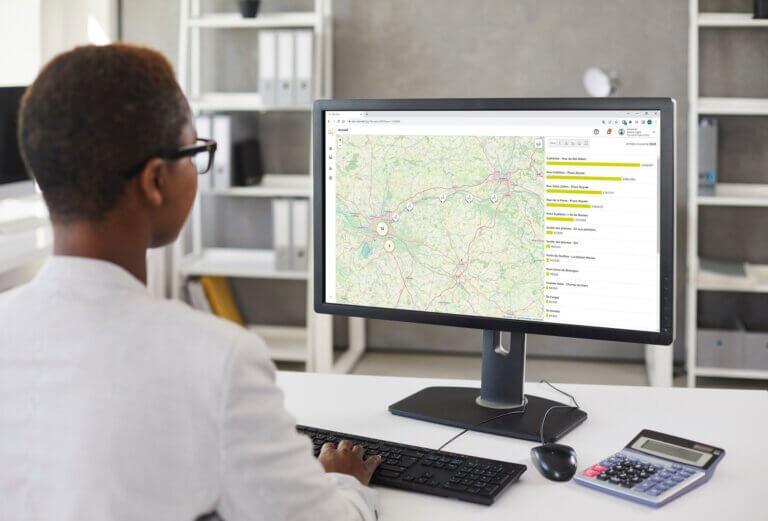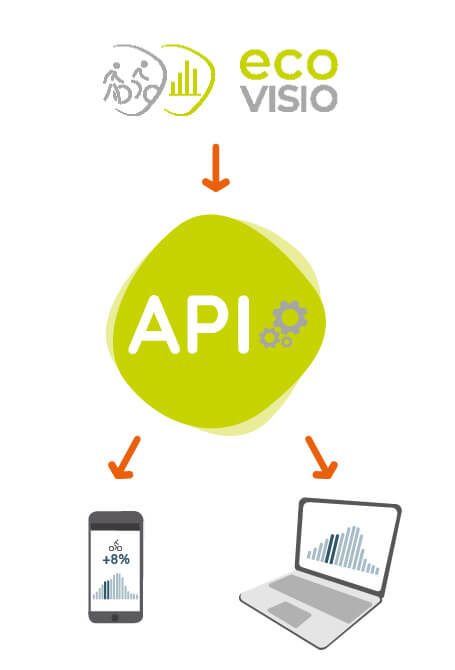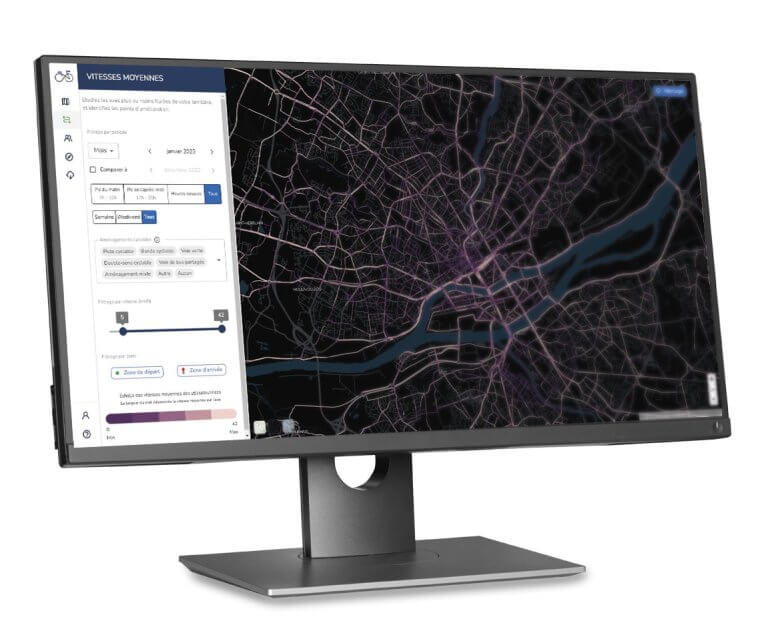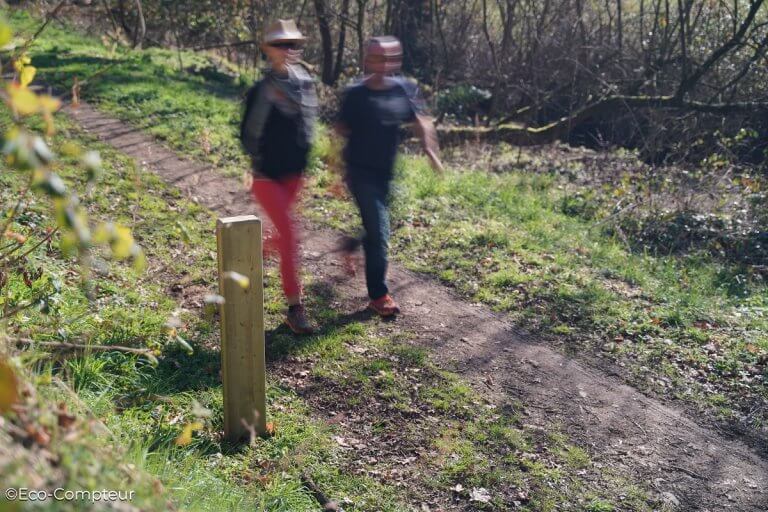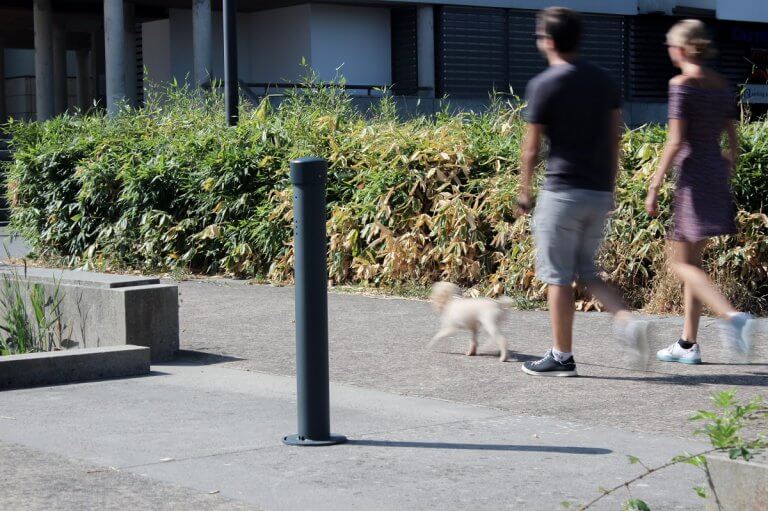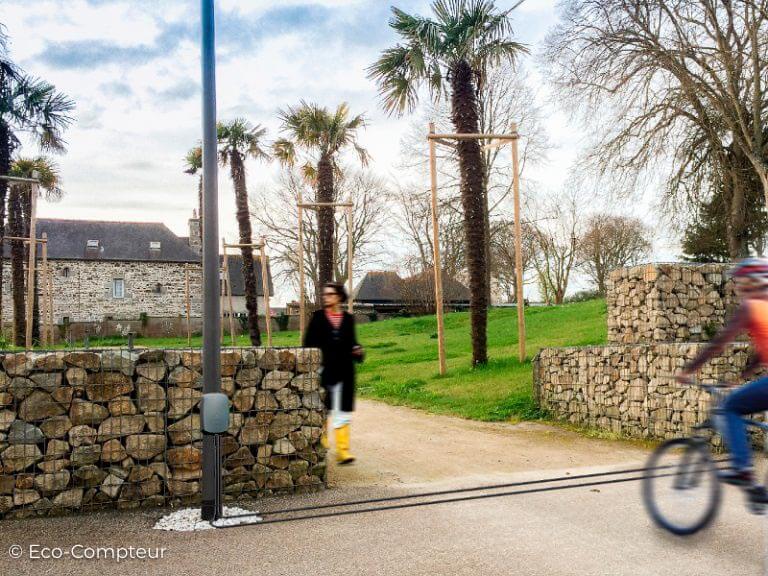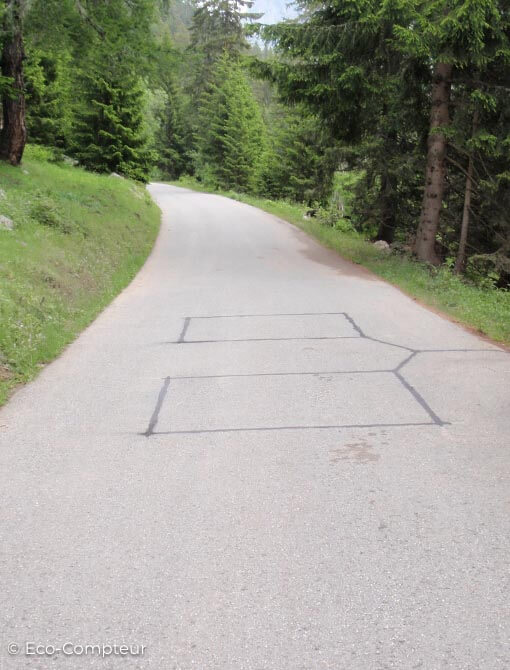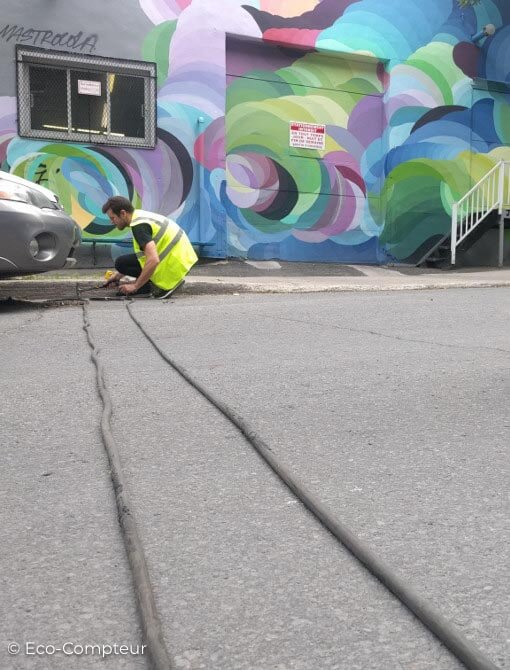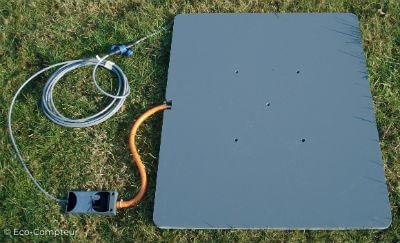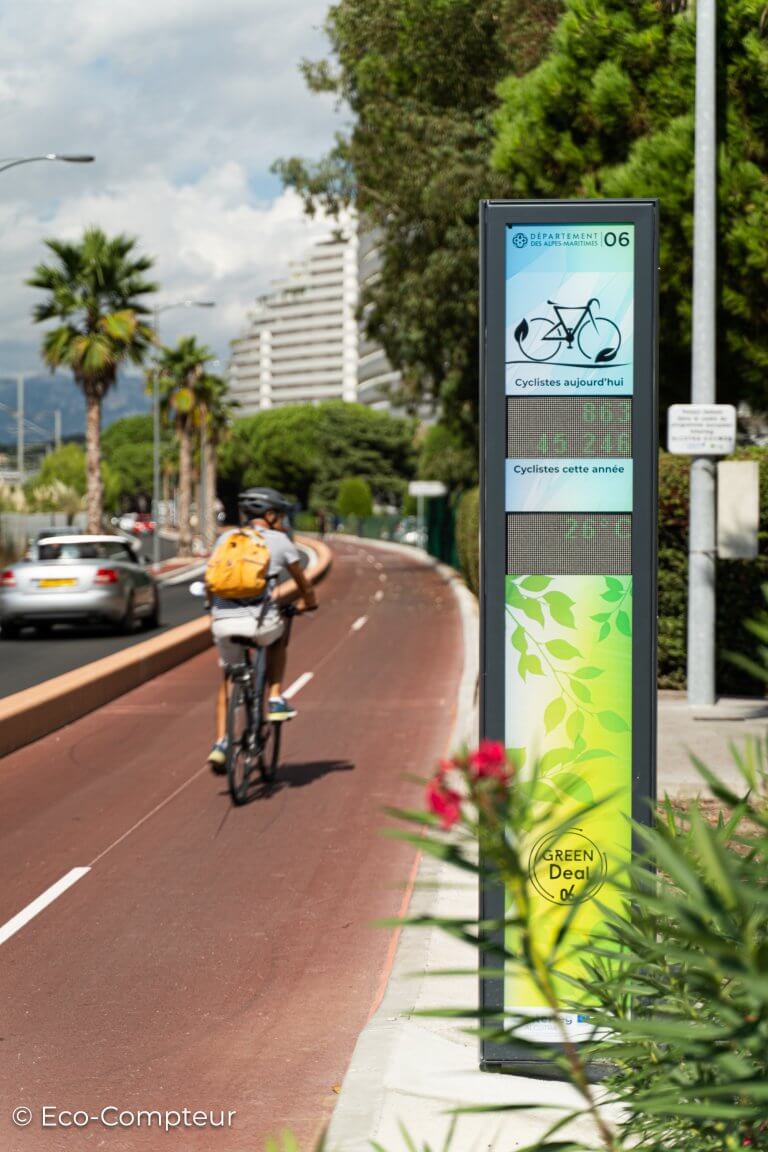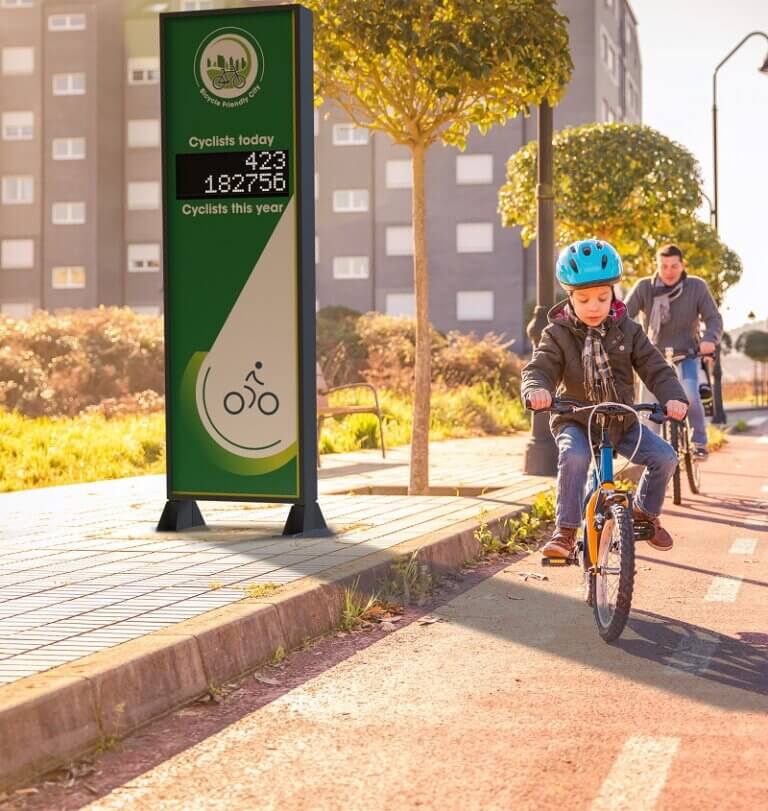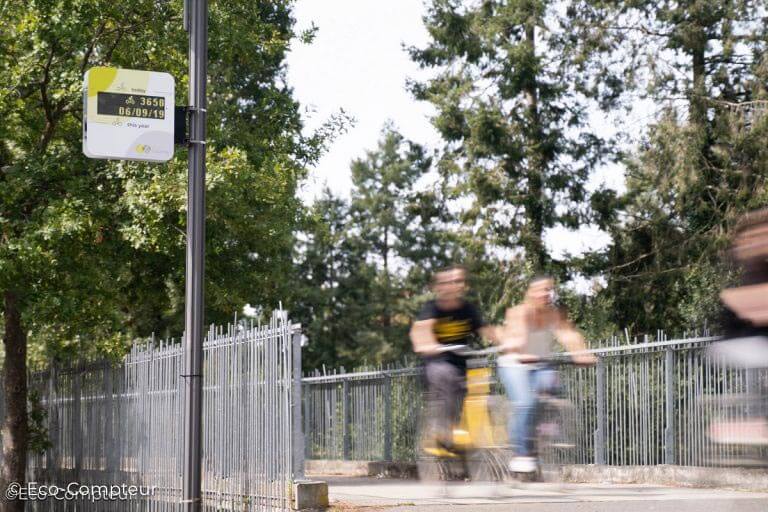Data-Driven Trail Management: Trail Usage Trends on the Great Rivers Greenway Network
Greenways connect people to natural spaces and urban locations, improving quality-of-life. Pedestrian and cyclist count data demonstrates the value of a greenway network, quantifies the impact of new infrastructure, and reveals trends in peak traffic. Great Rivers Greenway, a governmental organization overseeing a 113-mile-and-growing greenway network in the St. Louis Region, required reliable count data to promote and sustain their network.
Going Beyond Manual Counts: Reliable Automatic Count Data
In Spring 2014, Great Rivers Greenway installed bike and pedestrian automatic counters across two counties and one city. Reliable, cost-effective, and easy-to-collect automatic count data was needed to assess changes in greenway usage over time. As new greenway segments were constructed, several counters were added.
Great Rivers Greenway performs manual counts annually in accordance with the National Bicycle & Pedestrian Documentation Project (NBPD) to gather important qualitative data, such as demographic data, mode details and helmet use among cyclists. The National Cooperative Highway Research Program (NCHRP) Guidebook on Pedestrian and Bicycle Volume Data Collection states research shows the error in estimating average annual bicycle traffic for up to one-week long manual counts can be as high as 40% (1). Automatic counts provide accurate quantitative data to analyze annual bicycle traffic.
Partner projects are evaluated using a mobile automatic counter. From 2005 to 2015, a 135-mile on-street bike route was built in partnership with the City of St. Louis, serving as an ideal opportunity to measure increases in cyclists using on-street mobile automatic counters.
Sustaining and Managing the Network with Data
Knowing who is using greenway networks can be just as important as knowing traffic volumes. Eco-Counter’s MULTI pedestrian and cyclist counters distinguish areas of high pedestrian or cyclist use. Areas of the network that primarily serve as commuter routes can also be identified by peak hours and the impact of weather. Recreational trail usage is more likely to increase during good weather conditions and decrease during poor weather conditions (2).

The collection of continuous 24-hour count data provides insights that inform decisions on where lighting should be placed. Select commuter routes in the greenway network are outfitted with dusk to dawn lighting. Other safety measures, such as deploying officers on secondary duty, are based on peak traffic and commuter use.

Communicating Data
Greenways serve as arteries that connect people with rivers, parks, and communities in urban, suburban, and rural areas. Pedestrian and cyclist count data supports effective and accurate communication with municipalities and institutions, along with the broader community.
Greenway network counts are shared publicly in reports and articles on the Great Rivers Greenway website. Developers and property owners can view levels of pedestrian and cyclist activity – an important metric measuring economic vitality. Great Rivers Greenway works with agencies to ensure environmental sustainability and provides them with a unique login to count data on the land they protect.
Reports and insights are also useful in communicating with the public. Great Rivers Greenway discovered nearly 90% of trail users near transit stations are pedestrians, despite public opinion suggesting cyclists would be predominant. Count data can communicate to the public how the network is used in a way that is concrete and easy to understand.
Sources:
(1) National Cooperative Highway Research Program (NCHRP). (2015). Guidebook on Pedestrian and Bicycle Volume Data Collection. Available at http://www.trb.org/Main/Blurbs/171973.aspx
(2) Brandenburg, C., Matzarakis, A., & Arnberger, A. (2007). Weather and cycling – a first approach to the effects of weather conditions on cycling. Meteorol. Appl. 14: 61–67. Available at http://www.urbanclimate.net/matzarakis/papers/Weatherandcycling.pdf
Photo credit: Great Rivers Greenway




